The difference between theory and practice has never been more painfully clear.
I briefly studied aeronautical engineering so I understand the principle of aerodynamic downforce, but, as I’m flying through Silverstone’s Copse corner, neck muscles straining against the g-force, it might as well be witchcraft.

The SR1 XXR I’m driving is merely “the first step on the Radical ladder” and boy does it feel steep. Just months earlier I was tackling the same turn in my little Ford EnduroKA and the difference is almost unfathomable.
The Radical’s cornering capacity is simply incredible. It requires a complete mental and physical recalibration. There’s the speed that I think I can turn in and then there’s the speed at which I actually can turn in – and they are distant cousins.
Although it runs on treaded tyres (slicks are reserved for Radical’s more potent SR3 and above) such is the force generated by the car’s front splitter and rear wing that the levels of grip are seemingly exponentially higher than one would expect.
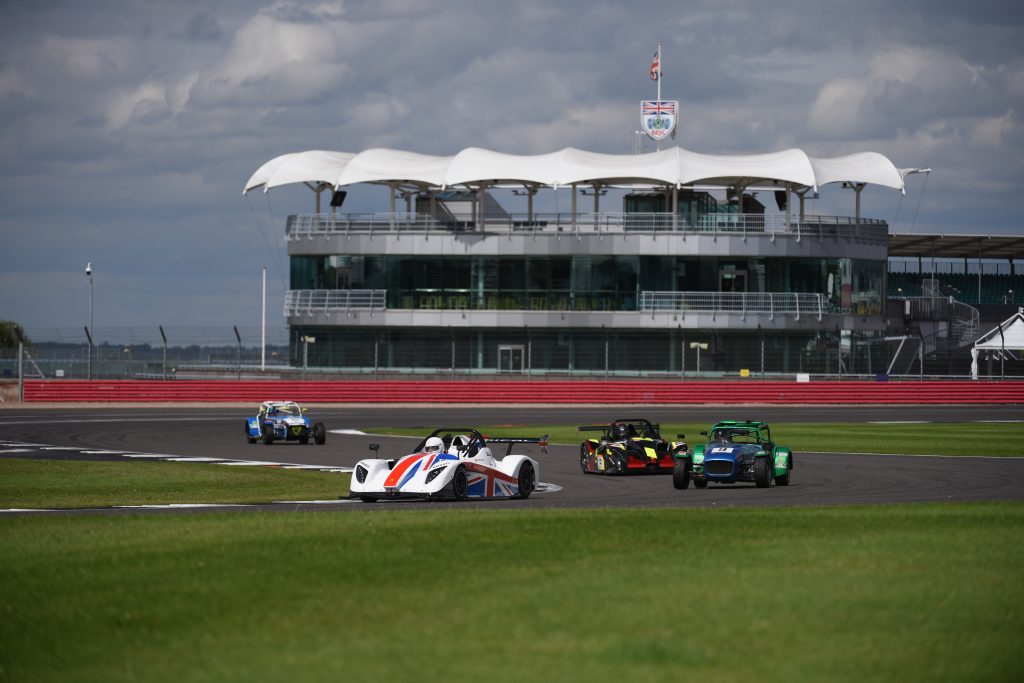
As the downforce builds, steering effort increases but the Radical just holds its course. Frankly I never go fast enough to find out what happens when the limit is breached, although, as I’m overtaken by quicker cars, I do encounter the effects of ‘dirty air’, which quite dramatically causes the front wheels to momentarily lose their iron grip on the track surface.
Only in slower corners where I’m too eager on the throttle do I break traction and then the transition from grip to slide is progressive and easy to catch with a little counter steering.
“That’s the best thing about the SR1,” says Ryan Lindsay, the 2021 Radical Challenge Championship winner and my driver coach for the day, “It’s so easy to drive, but difficult to master.”
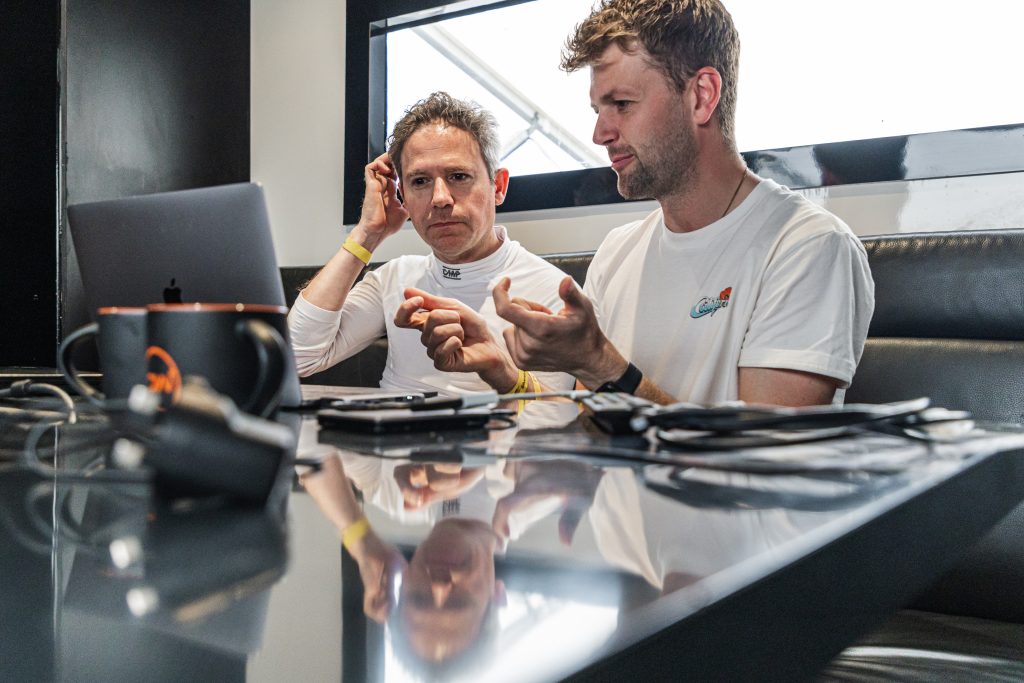
With his encouragement I rev the SR1’s 1,340cc Suzuki Haybusa-based engine to beyond 9,000 rpm, flat-shifting through the six-speed sequential gearbox with the right-hand paddle to gain more speed in straight line. I also brake later, working the 240mm vented discs harder than before. The telemetry will tell me that I could apply even more pressure and hit the anchors later still.
Nonetheless, I shave several seconds off my times and, by the end of the day I actually manage to keep another SR1 at bay for few laps.
Of course, the fact that this latest version has a shark fin to aid its aero stability, new brake ducts for improved cooling, Intrax three-way adjustable dampers for the Nik-link suspension with its unequal length double wishbones, and adjustable front and rear push rods, certainly won’t have hurt, but such is the Radical ethos that these are incremental improvements rather than giant leaps.
“One of the great features of the Radical Cup series is that previous generations are still welcome and supported, which in turn keeps the used car values strong for our Radical owners,” explains Radical’s Global Head of Marketing Jon Roach.
Having made its debut in 2012, the SR1 has had an ongoing development program, but competitors taking part in the Hagerty Radical Cup series in the UK, or championships in North America, Canada, South Korea, Romania and the Philippines don’t need to upgrade every year to stay competitive.
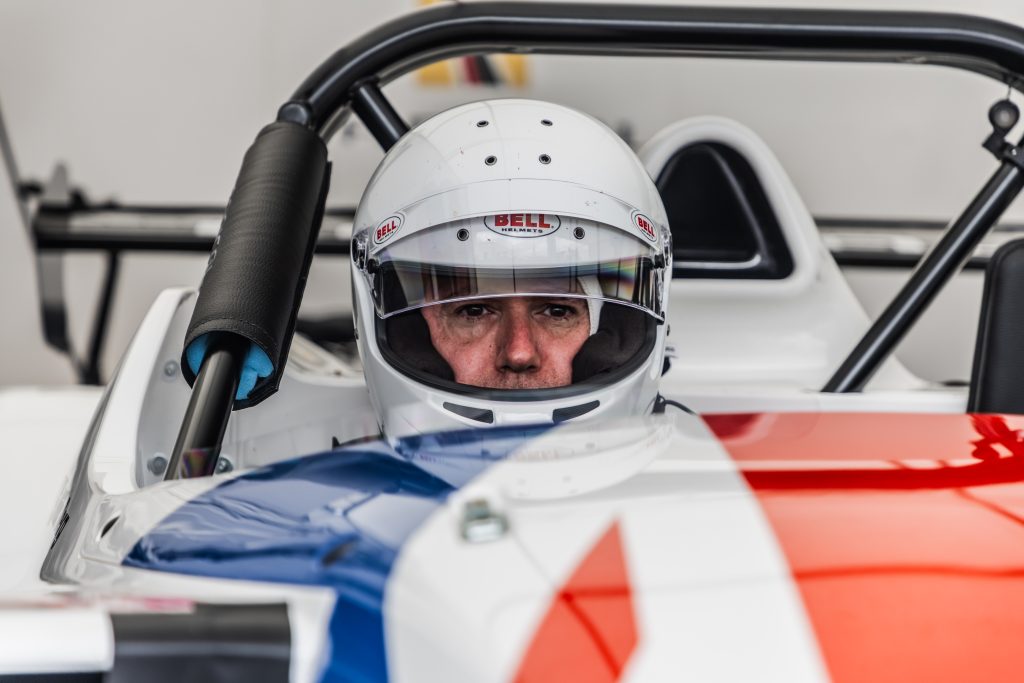
Those competitors are a mix of (mostly) gentlemen racers seeking a step up from track days and a few young guns moving from karting on their way to careers in endurance racing. In the paddock I meet drivers who haven’t even got their road licences while others are enjoying an active retirement. In the North American series I’m told the oldest driver is 78 and leading his class.
He must be one seriously fit septuagenarian. After just two 45-minute sessions in the car my neck has had it and without some serious gym work I doubt I could cope with a typical weekend that runs to three 30-plus minute races plus qualifying and testing. Radical drivers certainly get a lot of seat time for their money.
On that topic the SR1 XXR costs around £60,000 and hiring a team to run it for season is typically another £80,000 on top. That’s hardly small change, but for the amount of track time, which includes being on the same bill as the British Touring Car Championship, it does appear to offer good value.
Now to work on my sponsorship proposal…



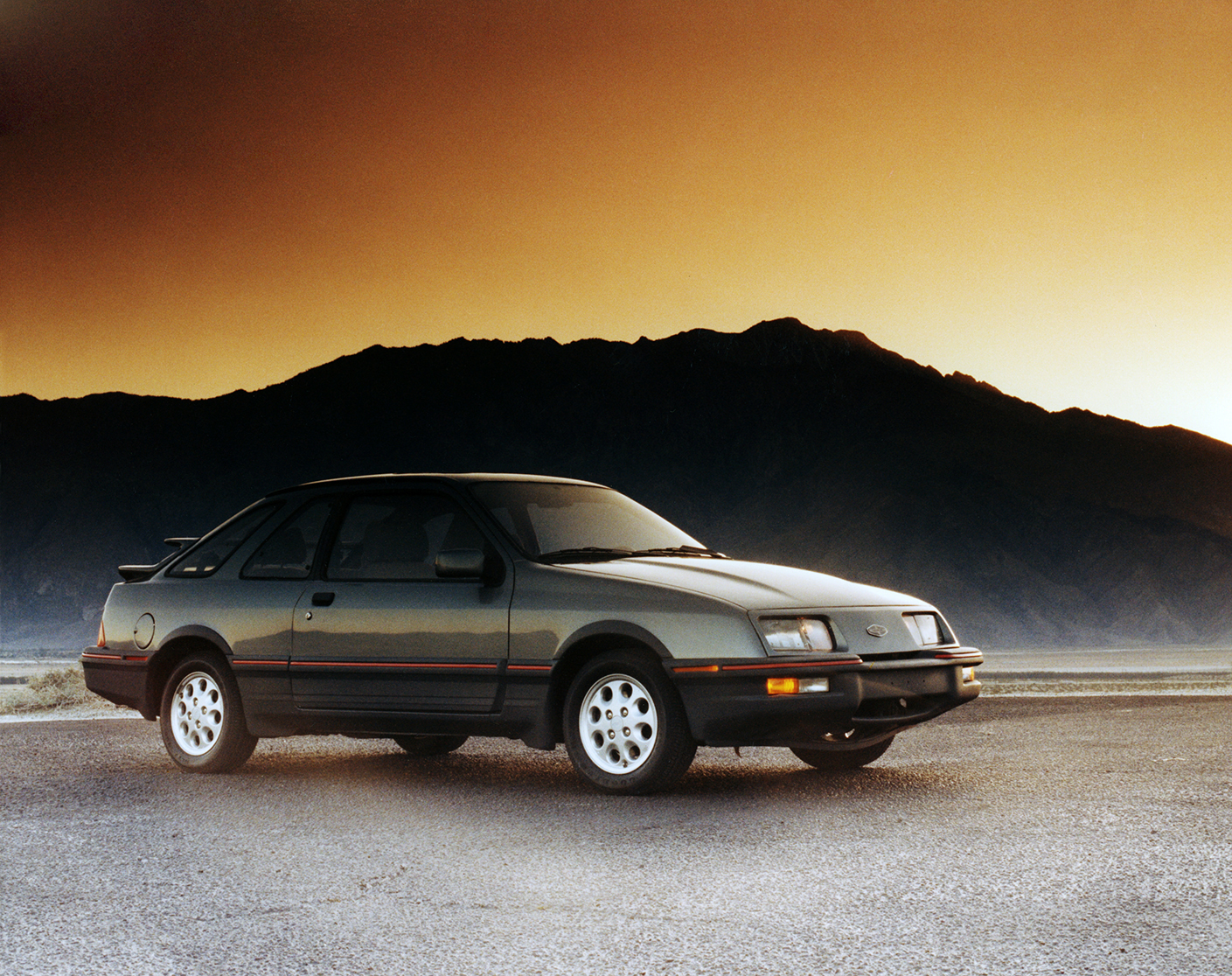
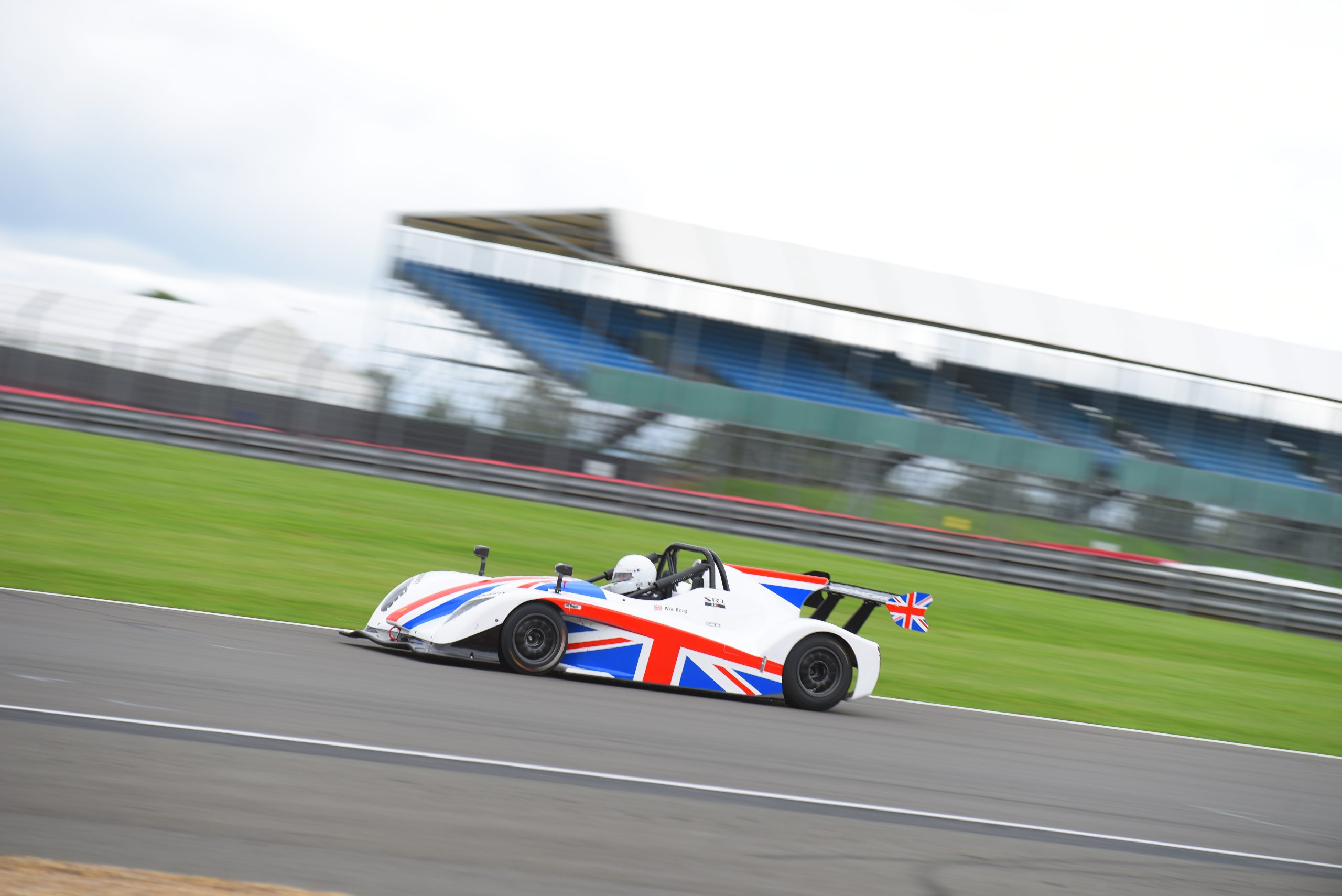
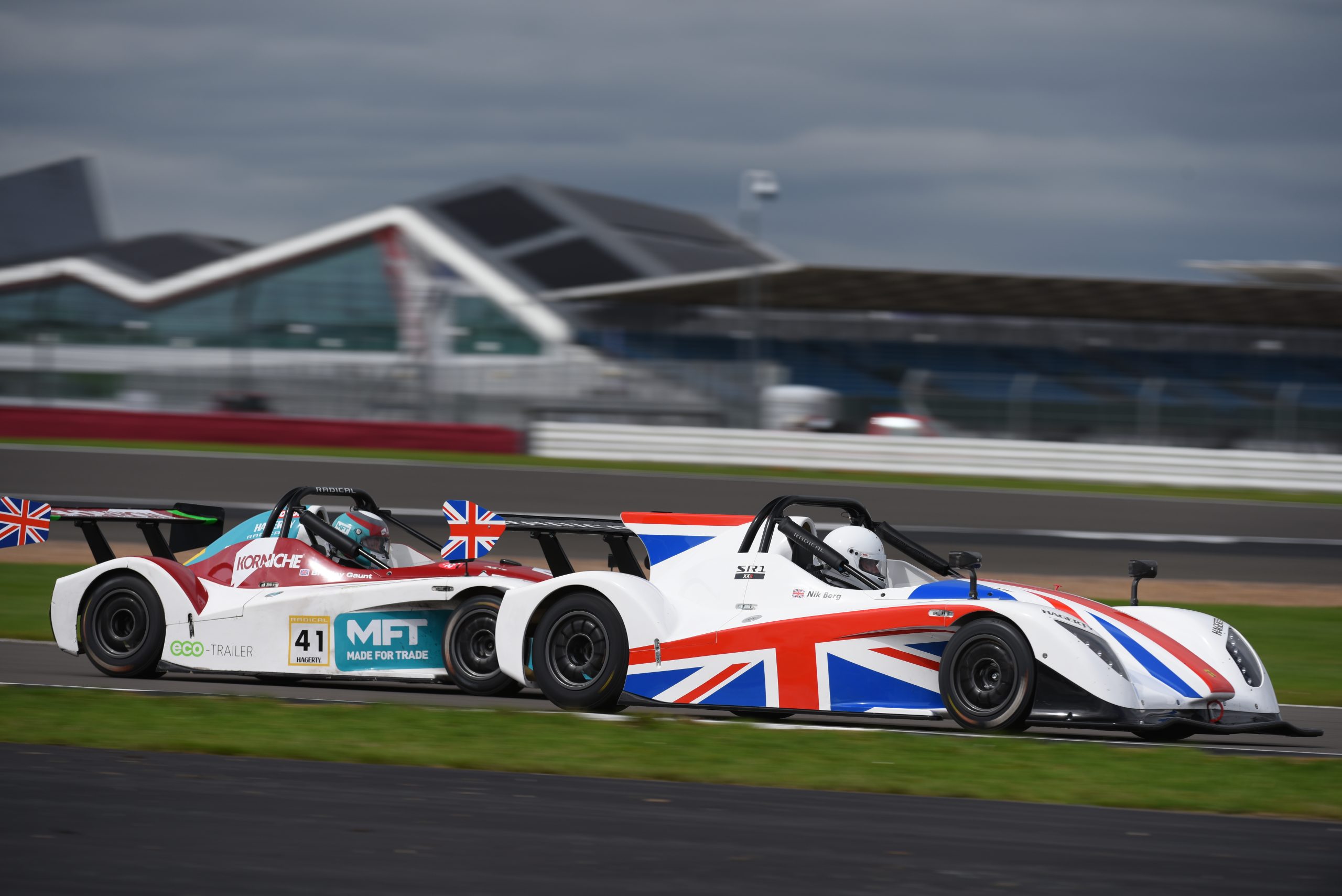

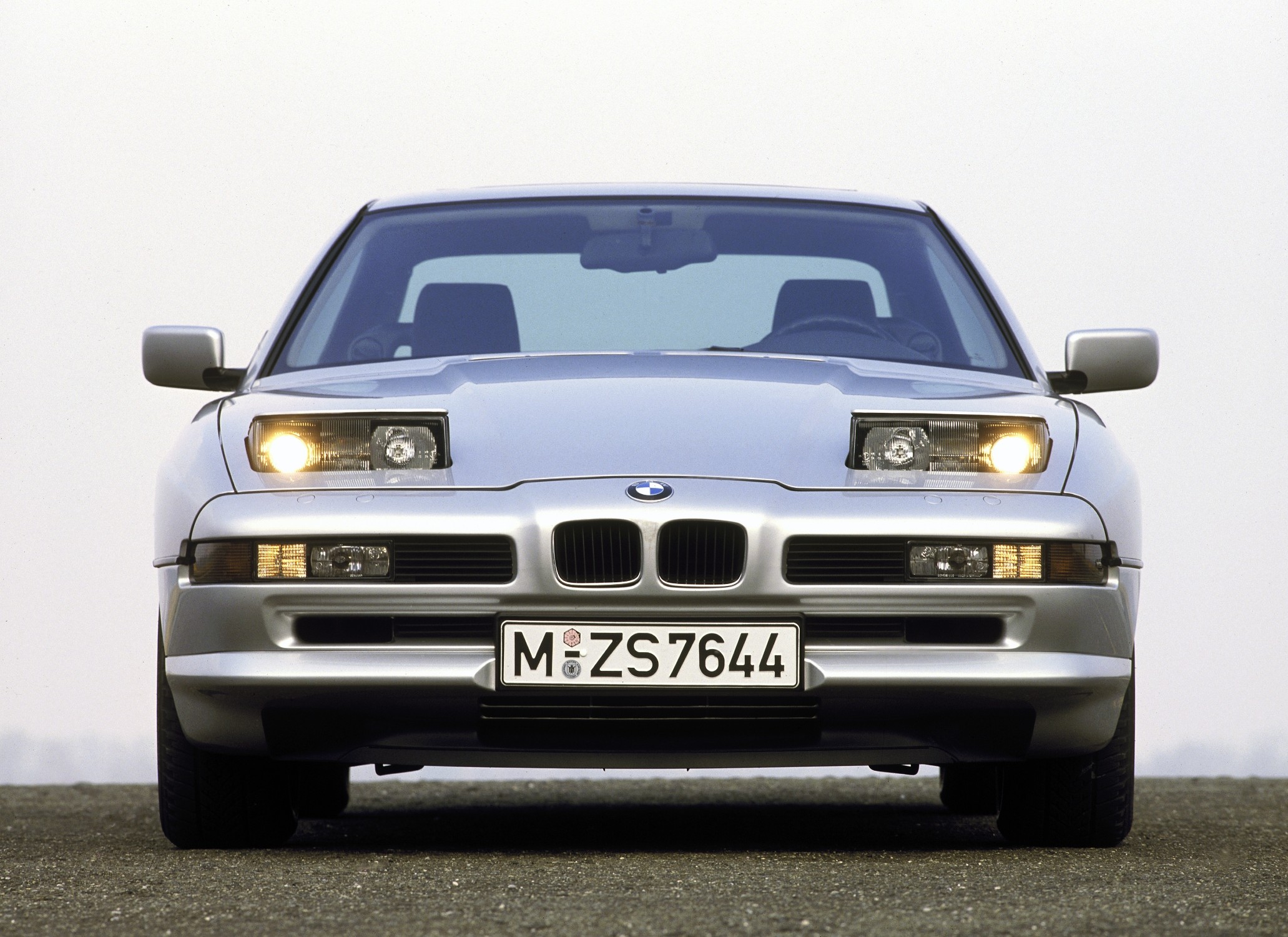
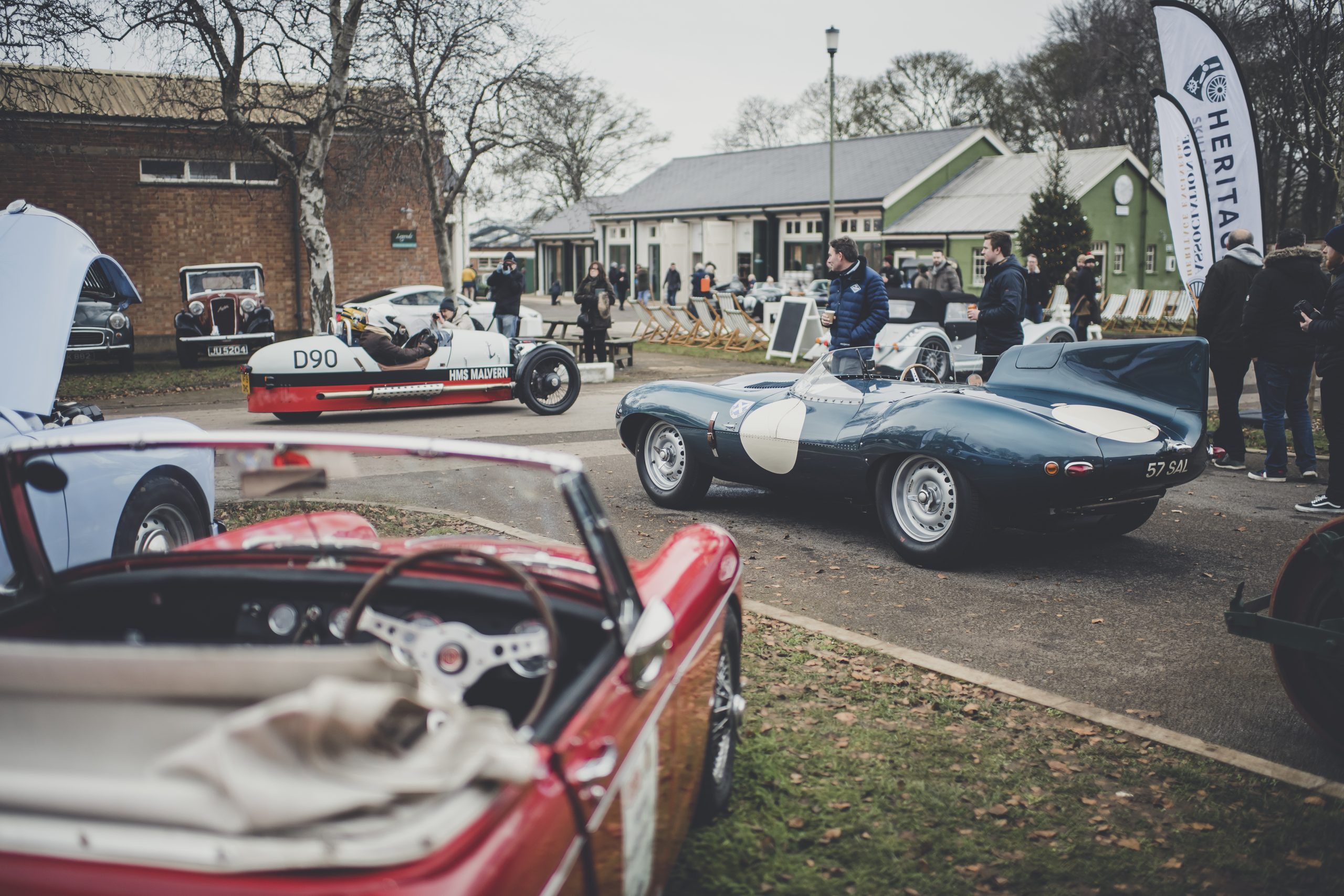
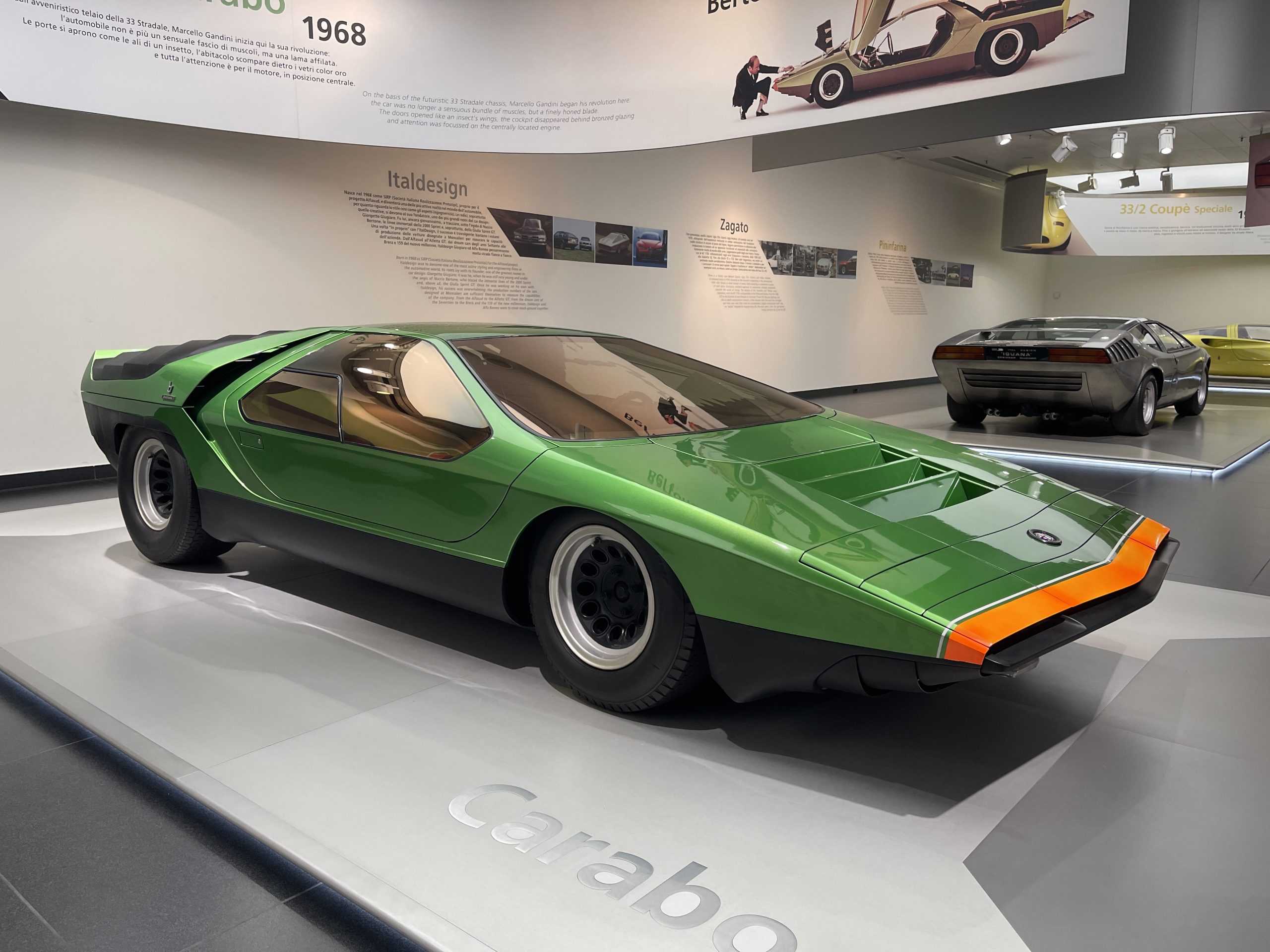
Nice article Nik and a very good insight to driving a Radical on track. I’ve been lucky enough to drive a variety of sports, supercars and track cars on track over the years. Two of the most memorable were Radicals, a ProSport (track car) and an SR3 (road legal). Both were amazing cars to drive on track with handling and performance more akin to an F3000. These experiences spurred me on to race in the Sports 2000 Championship 2002-2004 in a March 86S. Of course, no where near the Radical handling, performance and required budget, but in a field of cars with near matching handling and performance that led to some very close racing which was a lot of fun and well within my own budget. That said, if I had the dosh I’d have a Radical SR8 or RXC any day!